Developing Resilience: How Independent Prep Schools Can Use Outdoor Spaces To Promote Physical & Mental Wellbeing
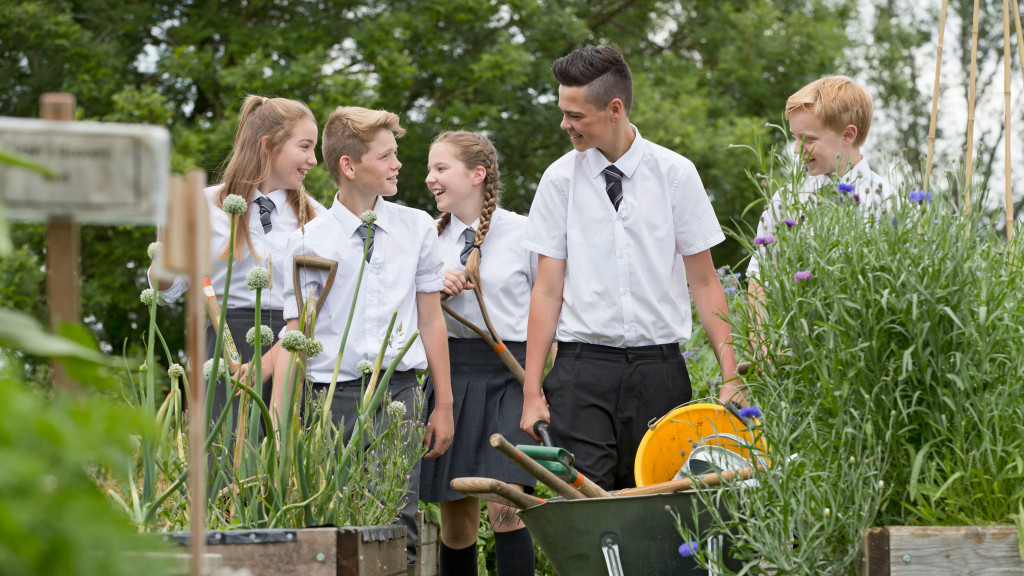
How do you measure student wellbeing at your school? Do you know utilising outdoor spaces for learning increases all round well-being, engagement and cognitive development (Rivkin, 2000)? And it’s not just your students who benefit – a pre-pandemic report by Natural England in 2016 found that 79% of teachers cited the natural learning environment as having a directly positive impact on their own teaching, 72% also said their own wellbeing was better, and 85% of schools reported that the behaviour of students had improved.
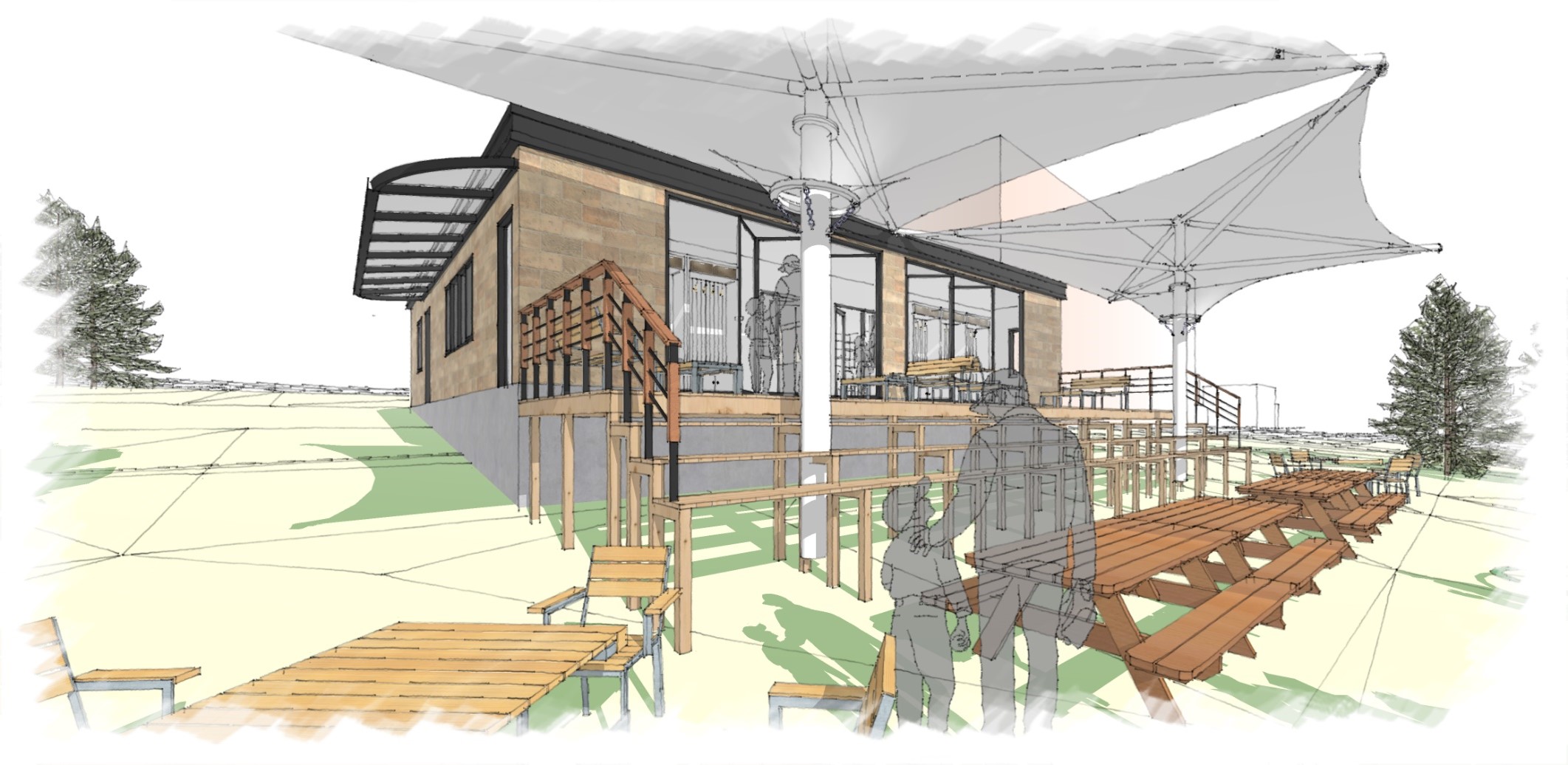
ISI Measures Via ‘Lens of Pupil Well-being’
In May last year, the Independent Schools Inspectorate proposed introducing a framework to begin from September 2023 viewed from ‘the lens of pupil wellbeing’ specifically aimed at school leaders’ active promotion of student physical, mental, emotional, social and economic wellbeing, their education, training and recreation and their contribution to society along with protection of harm / neglect.
Students have always been at the heart of the learning experience – school leaders must now show exactly how they will be ensuring their young learners are kept safe, happy and engaged. Letting students access their natural surroundings is just one way where you can support their wellbeing and broaden their knowledge and enjoyment in learning.
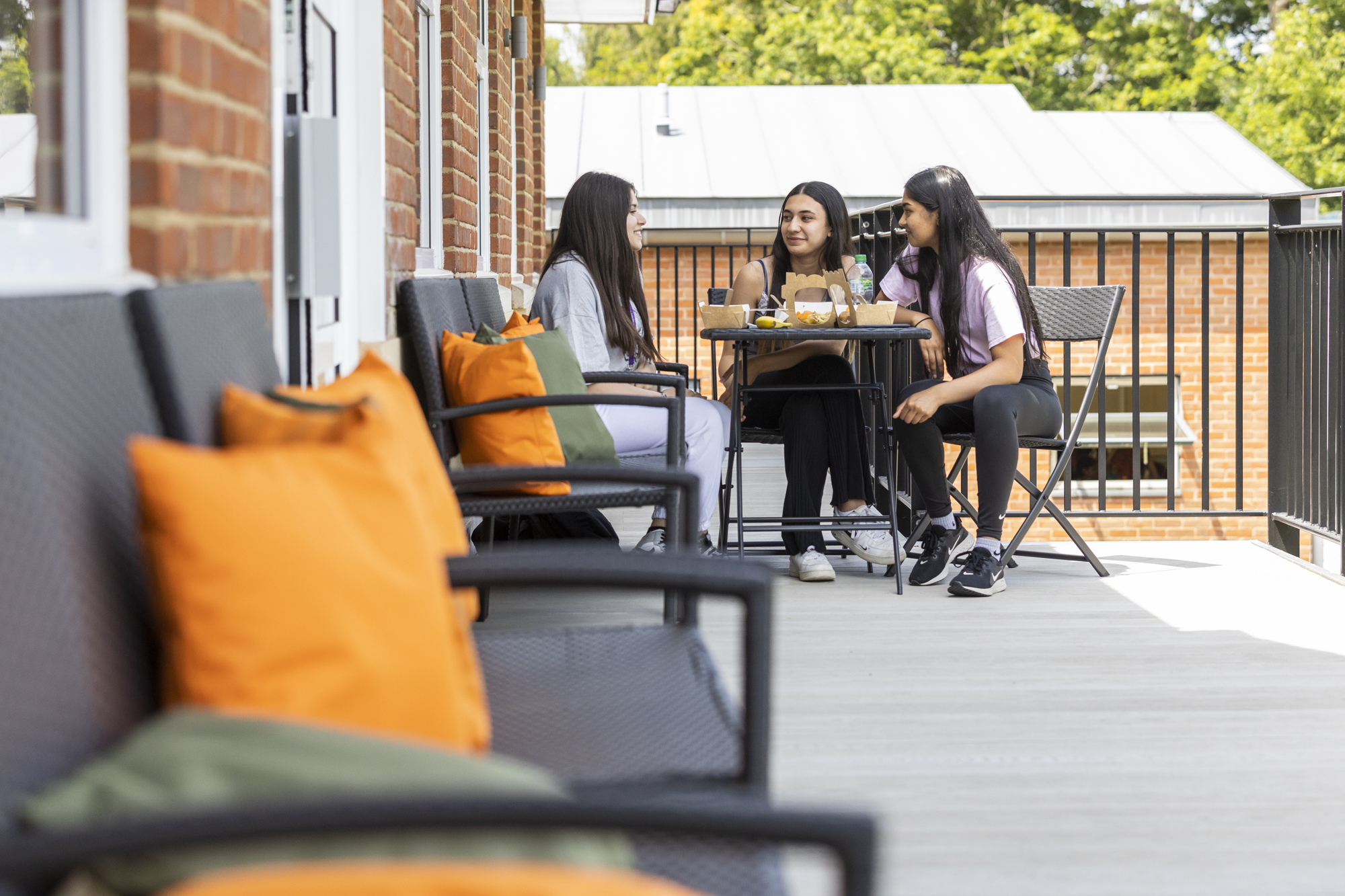
How Can You Improve Your Students’ Use of Outdoor Spaces?
- Independent schools often have access to a variety of natural areas such as woodland play areas, ponds, nature walks and gardens. These provide a huge range of potential learning opportunities for all ages. Whatever your surroundings, make sure all staff are involved and feel confident to embrace your outdoor space, as according to Natural England (2023), a whole school approach that dovetails with school targets – so as not to put more work on your teachers – also ensures students will do better with both their education and their health.

Which Subjects & Activities Are Best For Outdoor Learning?
Learning outside and appreciating our changeable British weather can be incorporated into many educational activities. From rain measurements in Science, to Art projects with different shades of light and colour depending on the time of day, to Drama projects where voice projection is key and performances outside, to English lessons where students can work collaboratively or independently to develop their understanding of writing about what they can see, hear, sense and touch; every curriculum subject has an extra dimension of depth when it is carried out in unfamiliar territory which increases resilience and emotional stability. Physical activities such as nature walks, experiential learning and an understanding of the world outside the classroom inspire self-confidence – with so many ways to look at a topic there is often no right or wrong way to arrive at an answer but the exploration is both fun and educational.
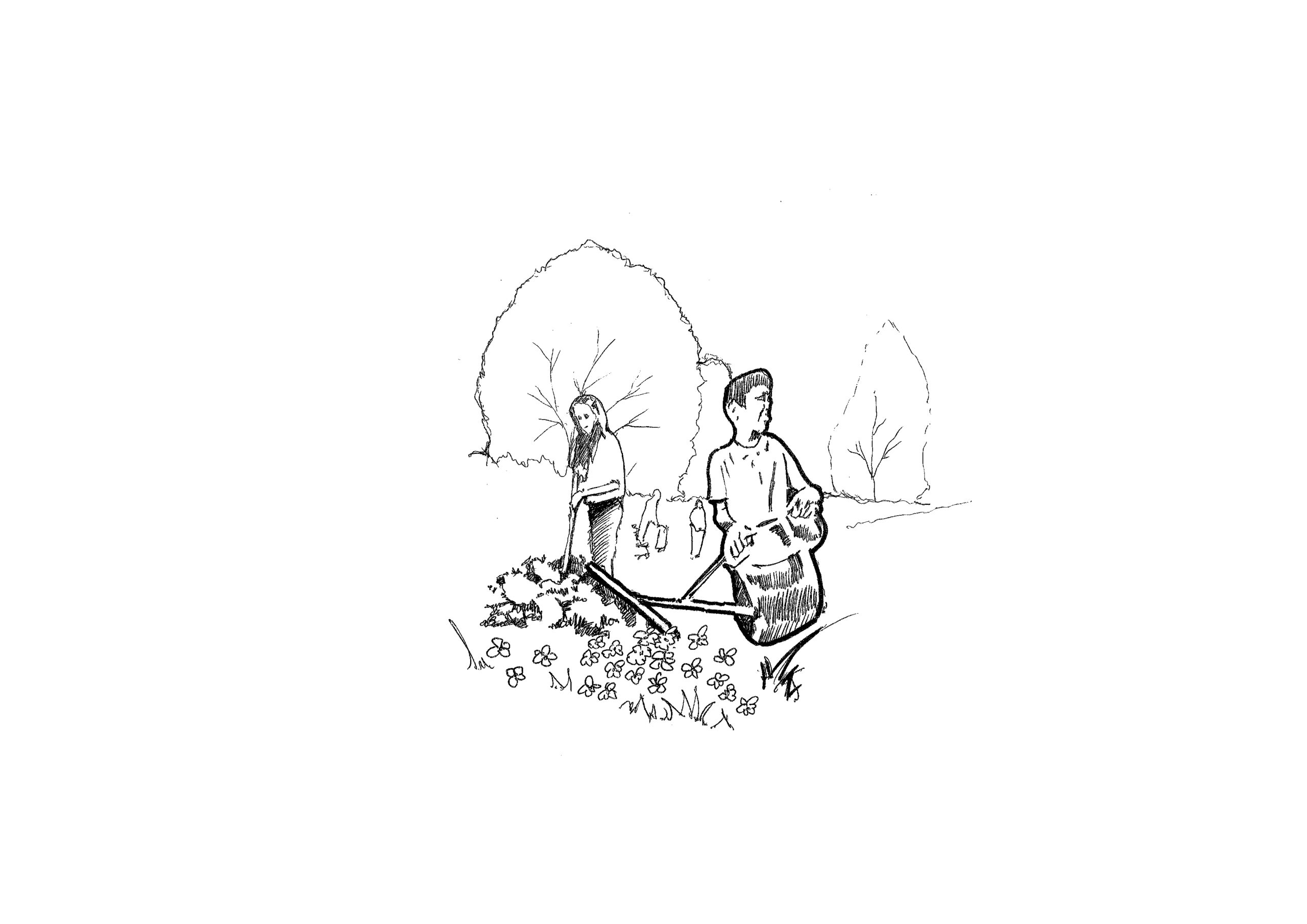
Humancentric, Sustainable Designs for Life
How, where, by how much, who – which part of the curriculum and how do you deliver it? Metrics to evaluate wellbeing are essential; your school environment has a significant effect on students in all year groups and according to Frijters et al (2011), the emotional health of your pupils from a young age indicates their adult life satisfaction levels.
Whether your school uses self-reports, wellbeing scales or other forms of indicators, here at Noble and Eaton we aim to enhance student outcomes by helping schools with humancentric educational design and increased sustainable approaches. Call us to find out more.
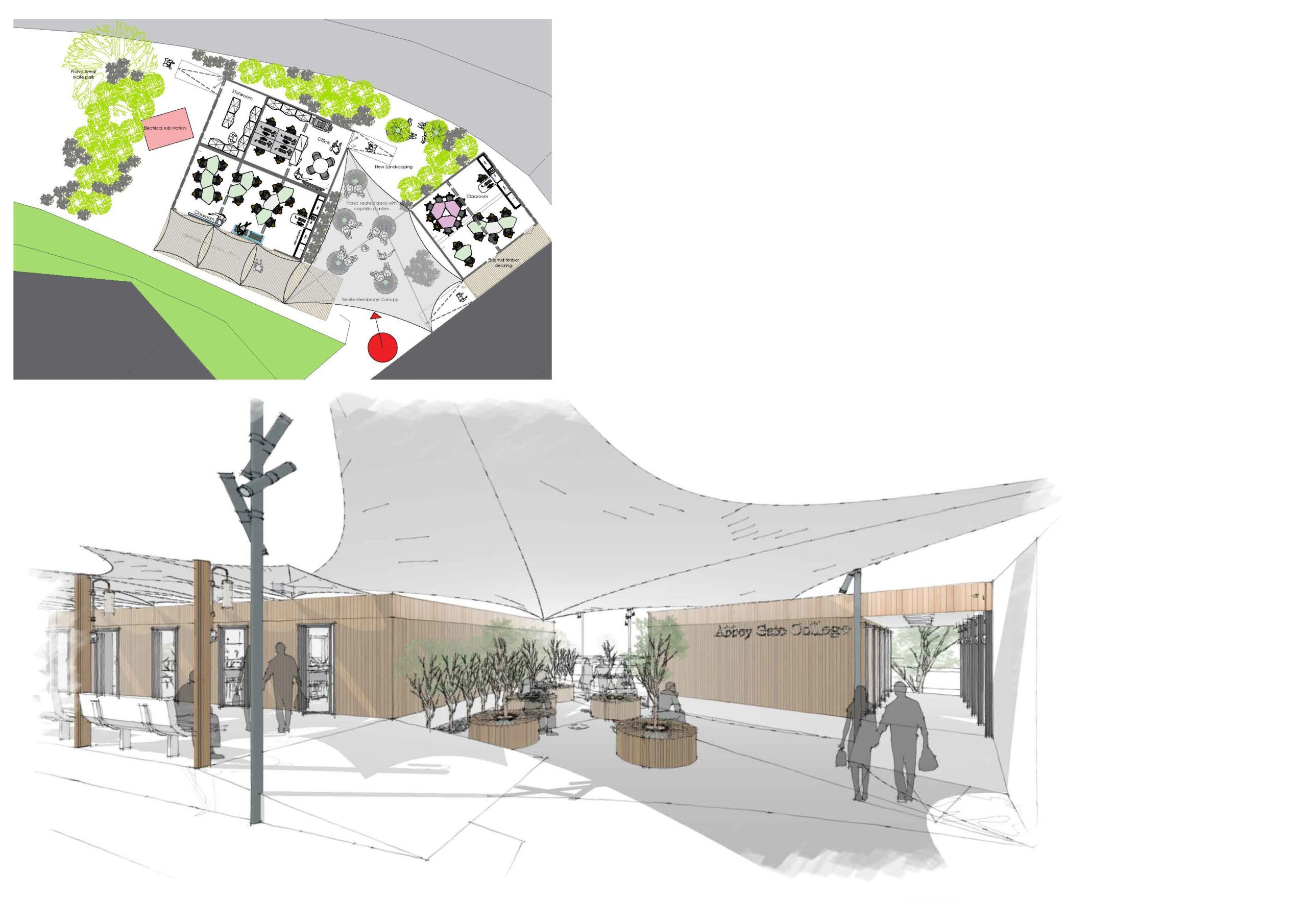
References
Rivkin, M. (2000) Outdoor experiences for young children. Educational Resources Information Center. (ERIC digest ED448013 2000-12-00).
Hunt, A., Steward, D., Burt, J. & Dillon, J. 2016. Monitor of Engagement with the Natural Environment: a pilot to develop an indicator of visits to the natural environment by children – Results from years 1 and 2 (March 2013 to February 2015). Natural England Commissioned Reports, Number208. Available online at: https://assets.publishing.service.gov.uk/government/uploads/system/uploads/attachment_data/file/498944/mene-childrens-report-years-1-2.pdf
Natural England Action Plan 2022-2023: https://www.gov.uk/government/publications/natural-england-action-plan-2022-to-2023/natural-england-action-plan-2022-to-2023–2
Frijters et al (2011) ‘Does Childhood Predict Adult Life Satisfaction? Evidence from British Cohort Surveys’ in: Economic Journal, 2014, 124 (580), F688-F719 Available online: https://econpapers.repec.org/paper/izaizadps/dp5819.htm


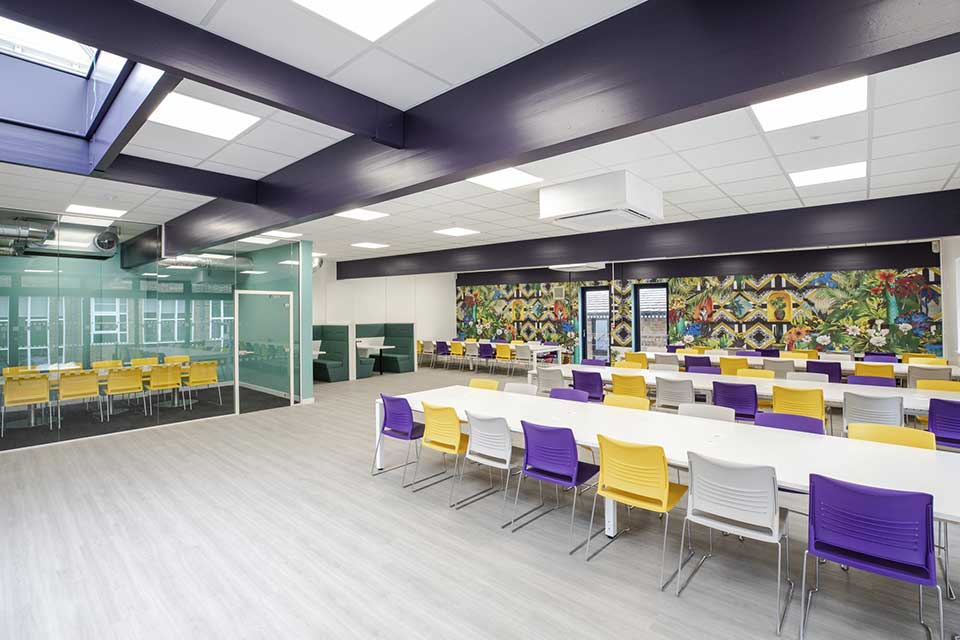
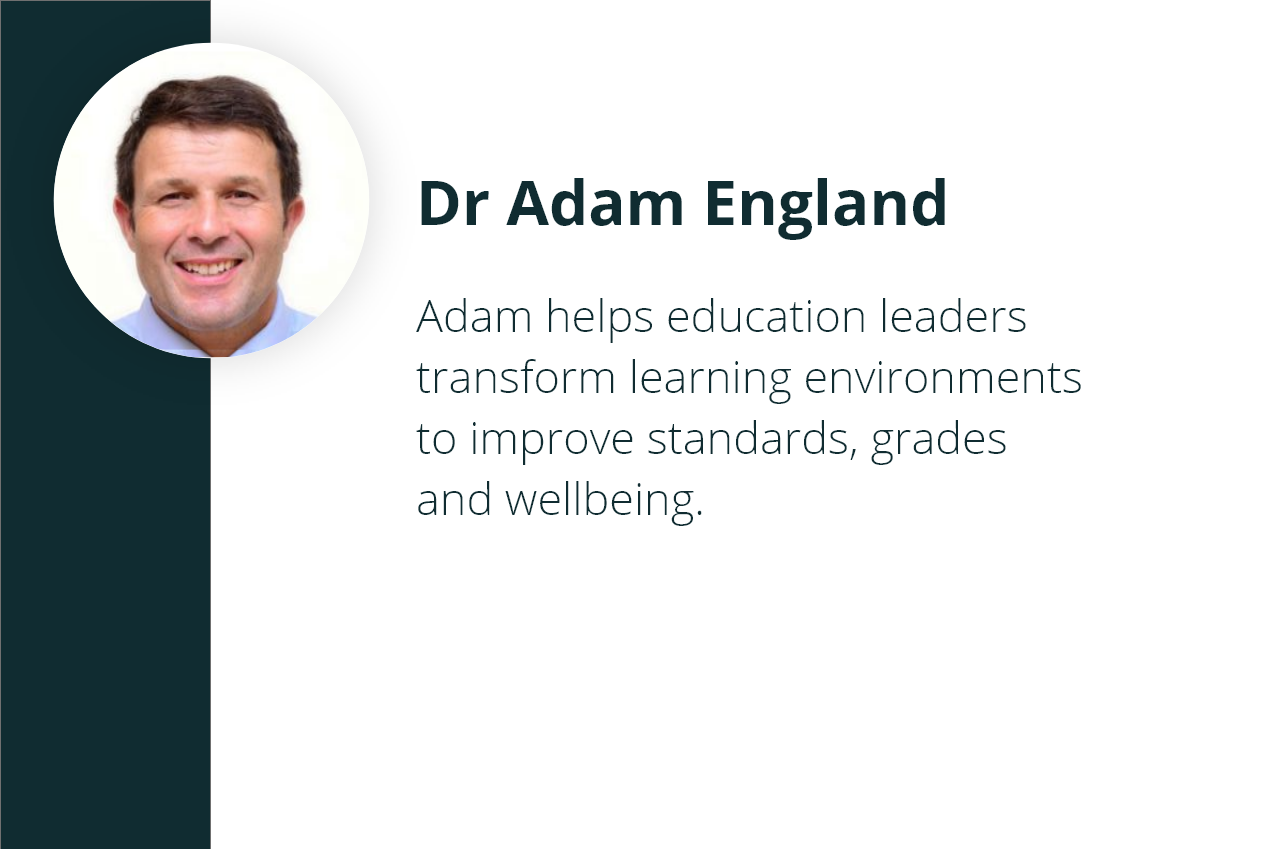
Leave a Reply